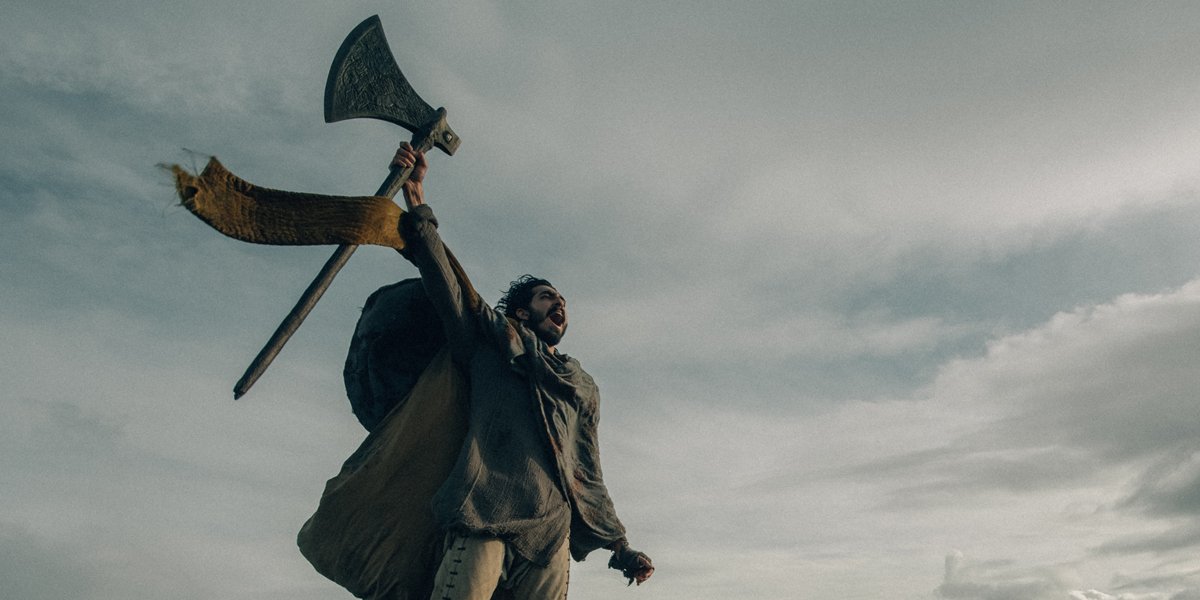The Green Knight Director Reveals 5 Films That Inspired His Arthurian Epic
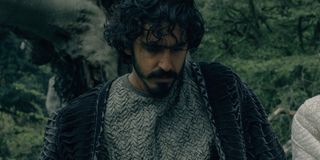

David Lowery’s The Green Knight is one of the great triumphs that you’ll see on the big screen in 2021, with the film’s writer/director continuing to prove himself as one of the excellent visual storytellers in the medium. Based on the Arthurian epic Sir Gawain And The Green Knight, the movie is an adventure that transports the audience back to the 6th century with gorgeous cinematography, effects and production design as it follows its protagonist’s spectacular, honor-seeking quest. It’s a remarkable piece of cinema – which is why it’s totally unsurprising that Lowery found inspiration for making it from a collection of classics.
As a recent invitee to participate in Alamo Drafthouse’s Guest Selects program, David Lowery has recorded a video revealing the key films that he kept in the back of his mind as he was making The Green Knight. Coming from a mix of eras and genres, the movies in the list make for a diverse collection, with titles that you’d otherwise never expect to hear mentioned in the same discussion – but the filmmaker has his reasons for each one, as you’ll discover outlined below…

Bram Stoker's Dracula (1992)
Directed by Francis Ford Coppola, Bram Stoker's Dracula is unquestionably one of the most ambitious attempts ever made at bringing the classic vampire story to the big screen, and it made quite an impression on David Lowery when it first opened. He couldn’t actually see it at the time, as he was only 11 years old, but he says he became completely obsessed with it regardless. While there isn’t much that directly links the movie to The Green Knight (beyond being a period piece), Lowery kept it in mind during the making of his Arthurian epic because of the boldness that is represented in its style – from the camera work to the costume design. Said Lowery,
The film is incredible on a visual level, the incredible production design by Thomas E. Sanders and the costume designed by Eiko Ishioka are striking from the onset, but even more impressive is the techniques that Coppola used to tell the story. He really just used everything and the kitchen sink and threw it all in a blender to make what I think is one of the most technically accomplished films of his entire career.
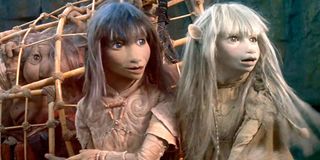
The Dark Crystal (1982)
Thanks to its use of practical effects and on-location shooting, The Green Knight possesses a kind of handmade quality that you don’t typically see from modern mainstream Hollywood films – but it wasn’t just the concept of craft that had David Lowery keeping Jim Henson and Frank Oz’s The Dark Crystal in mind during the making of the film. In the video he talks about the puppet-centric film as a Shakespearian epic” and adulates the pacing of the story and the “cohesiveness” of the world. Lowery explains,
It's a film with grandeur and largess, but it takes its time and you really get a sense of the characters' journey, and that is something that I thought about a lot when we were making The Green Knight, the sense of what it means to go on a quest, to go on a journey, to set out into parts unknown. And it's even better when all of those parts unknown are sets that were built by people and all of the characters are puppets that that completely feel like they're alive.
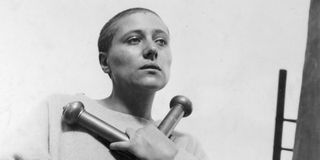
The Passion Of Joan Of Arc (1928)
As you’ll find continuing to read this feature, David Lowery leaned hard on the movies he loved growing up for inspiration on The Green Knight, but he does give credit to one film that was made before he was born – specifically for a key technical aspect. Lowery is enchanted by the spectacular close-up shots featured in Carl Theodor Dreyer’s The Passion Of Joan Of Arc, and that’s especially true because of Dreyer’s willingness to ignore his gorgeous sets in favor of using his camera to milk every ounce of emotion:
One of the bits of trivia that I love about this movie is that they built these incredible sets of medieval France – no expense was spared in building the sets for this film, and yet Dreyer chose to largely ignore them until the climax of the film, and to tell the story entirely in close-ups. And these close-ups are like no close-ups you've ever seen in cinema. And when we were making The Green Knight, I often took comfort by the fact that we had built these giant sets ourselves and were shooting in incredible locations in Ireland, that ultimately what I needed to do was to get the camera as close to the actor's face as possible and watch the emotion that was trickling across their visages.
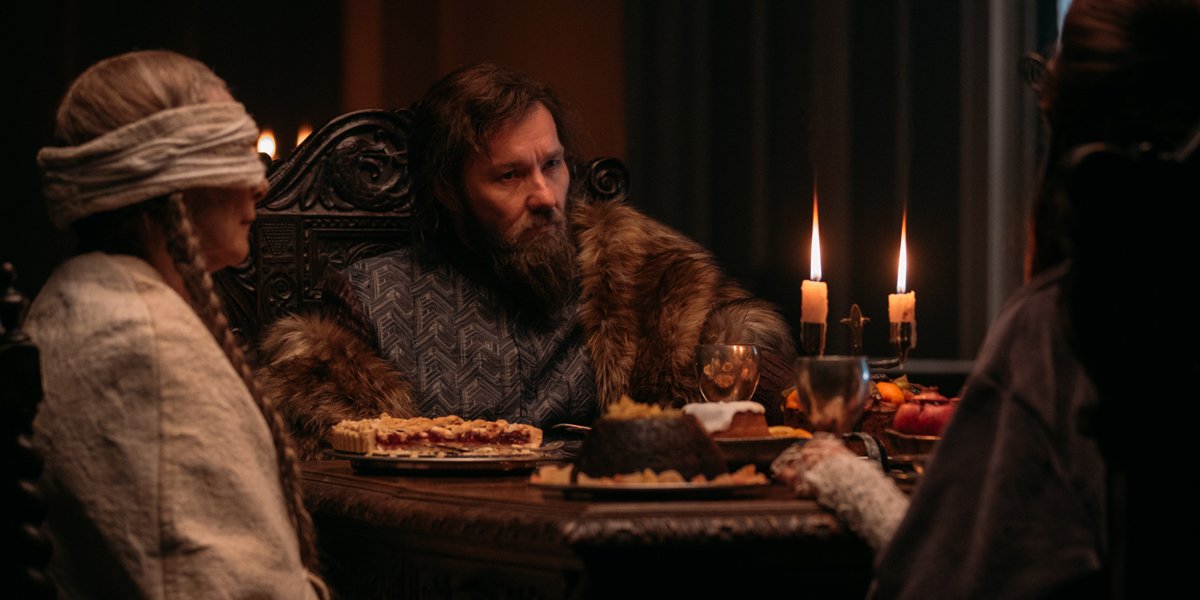
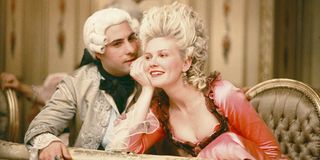
Marie Antoinette (2006)
Sofia Coppola'sMarie Antoinette is the most modern film highlighted by David Lowery, and his reasoning is fascinating. Coppola’s movie about the notorious French queen is famously anachronistic, filtering 21st century elements into the 18th century story, and while that’s not something that The Green Knight does at all, the 2006 release was still something that Lowery kept in the back of his mind. Why? Because it reminded him that respecting history isn’t necessarily about factual accuracy, but instead emotional truth. Said Lowery,
I used this movie not so much as a point of inspiration on an aesthetic level, but as a reminder, that when you are dealing with history, when you are dealing with the largess of history, that more important than being historically accurate is being emotionally true. And that is something we carry with us when we were making The Green Knight, and it's one of the things I love the most about what Sofia Coppola did with Marie Antoinette.

Willow (1988)
Finally, we have Ron Howard’s Willow, which David Lowery directly associates with his desire to become a filmmaker at a young age, despite the fact that his first big viewing saw him “flee the theater in terror.” (He apparently had a vomit phobia, and couldn’t deal with the scene where “baby Elora Danan barfs in Burglekutt's face.”) Not only was the 1988 movie inspirational for The Green Knight for the way in which it blends both new and old filmmaking techniques, but it even wound up being a practical part of his preparation for the new release. Lowery explains,
CINEMABLEND NEWSLETTER
Your Daily Blend of Entertainment News
When I first set out to make The Green Knight, one of the progenitors of the entire film was I found all of my old Willow action figures in a box in my closet. And I pulled them out and thought to myself that it would be fun to make a fantasy film like Willow. And here I am two years, three years later having made one. The Green Knight is not exactly like Willow, but it's got some of the same DNA there, and I like to think that there's a little bit of kinship between the two.
You can watch David Lowery discuss all of these films in depth and talk about how they inspired The Green Knight by clicking play on the video below.
The Green Knight, starring Dev Patel, Alicia Vikander, Sean Harris, Sarita Choudhury, Joel Edgerton, and Ralph Ineson, arrives in theaters this Friday, July 30.

Eric Eisenberg is the Assistant Managing Editor at CinemaBlend. After graduating Boston University and earning a bachelor’s degree in journalism, he took a part-time job as a staff writer for CinemaBlend, and after six months was offered the opportunity to move to Los Angeles and take on a newly created West Coast Editor position. Over a decade later, he's continuing to advance his interests and expertise. In addition to conducting filmmaker interviews and contributing to the news and feature content of the site, Eric also oversees the Movie Reviews section, writes the the weekend box office report (published Sundays), and is the site's resident Stephen King expert. He has two King-related columns.
Most Popular






